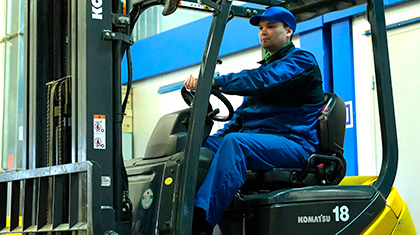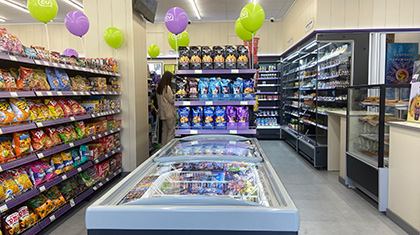“In some municipalities, the real sector and the social sphere have certainly been affected by the crisis, but it cannot lead to irreversible consequences,” he said, noting that roughly 40 percent of municipalities were in this situation.
Approximately 56 percent of Russians reported a decrease in their incomes over the past month, as an opinion survey by the Russian Public Opinion Research Center (VCIOM) shows.
Thirty-nine percent said their incomes were unchanged, and 2 percent even saw their incomes rising despite the crisis.
Savings have been affected, too, with only 6 percent saying they had savings, down from 15 percent a year ago. The number of those reporting a decrease in savings rose from 18 percent in 2008 to 29 percent in 2009. Seventy-two percent said they were not saving at all, up from 68 percent last year. Most of these respondents were people with not even enough money for food (92 percent). Twenty-three percent said they were saving, down from 26 percent a year earlier. Most of these were members of the middle class (46 percent).
The percentage of Russians living below the poverty line – those with not even enough cash to buy food – climbed from 8 percent in February 2008 to 14 percent in February 2009. The number of the poor – those who have enough cash for food but not clothes – increased from 28 to 32 percent. At the same time, the percentage of those with enough cash for food and clothes but not for durable goods shrank from 46 to 39 percent.










